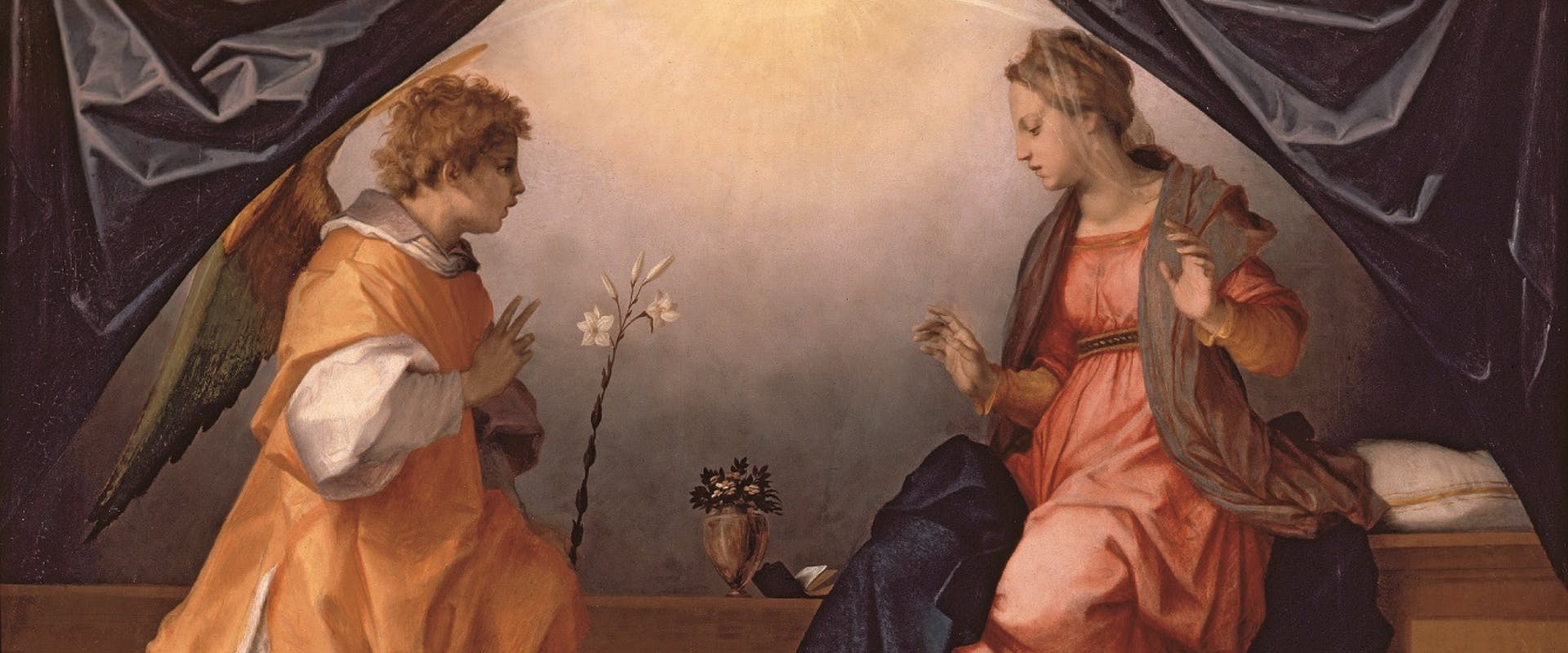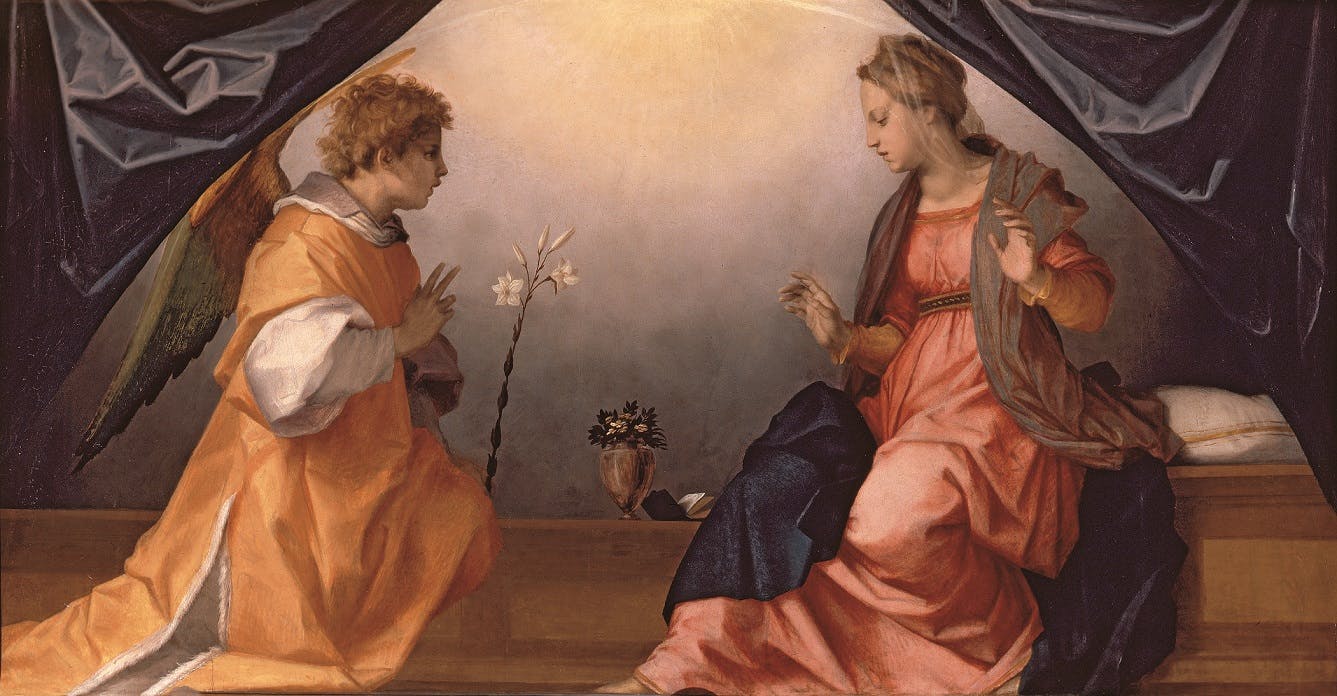Pure, Simple, and Natural in Art in 16th- and 17th-century Florence
The exhibition seeks to overturn the commonplace of the conservative Florentine culture, revealing the force of novelty also present in that branch of local art that, between the 15th and 17th centuries, remained faithful to its models, highlighting the "novelty of tradition".
Giorgio Vasari praised the "Modern Manner" as a departure from the now archaic 15th -century tradition and placed Leonardo, Michelangelo and Raphael at the centre of this period of "supreme perfection"; flanking them, but with lesser conviction, were Fra' Bartolomeo and Andrea del Sarto, exemplary draughtsmen, meticulous imitators of nature, and creators of pious works. However, Vasari, an artist at the sumptuous court of Duke Cosimo I de' Medici, was far distant from those maestros, supporters of a "pure, simple and natural" tradition, and exponents of a tendency that he believed to be outdated and without a future.
On the other hand, Andrea del Sarto and Fra' Bartolomeo remained points of reference during the years of the Medicean magnificence but, above all, became relevant again at the end of the 16th century in response to the doctrinal demands sanctioned by the Council of Trent. Santi di Tito and Jacopo da Empoli then embarked on a revival of those maestros, animated by a new vigour. Afterwards, the operation was reintroduced in the mid-17th century, with a different sense of modernity, by Lorenzo Lippi and Antonio Novelli, as an alternative to the rampant Baroque figuration.
The exhibition, structured in five chronological and four thematic sections, presents a veritable review of masterpieces, many of which have specifically been restored for the occasion.
In early 16th-century Florence, the language of noble clarity inspired by the thought of Fra' Girolamo Savonarola was shared by artists close to him, such as Lorenzo di Credi and Fra' Bartolomeo, Ridolfo del Ghirlandaio and the Della Robbia. Some of them belonged to the "Scuola di San Marco", a reference point for the community of artists who proposed images of an essential and austere religiosity. With them and Andrea del Sarto, the principles of "Florence's true essence" were founded that would remain in force for more than a century and a half: a style made up of customary locutions, ordered according to a straightforward syntax, shaping figures and things with sculptural evidence.
The masters, heirs of the 15th century, are at the same time founders of an "ordered modern manner". After the generations of Bronzino and Alessandro Allori, custodians of a naturalistic trend, we approach the "Unconventional 17th Century", bringing together artists who took over this Florentine "purist" identity, thereby tracing a "different" line between Caravaggism and the Baroque.
After a room dedicated to figure drawing, which ranges from Andrea del Sarto and Pontormo to the mid-17th century, the same artists are presented again, grouped by themes: "paintings of the home", of intimate affections, "paintings of things", and the "tradition of the Sacred", at the end of the exhibition.
The exhibition, like the catalogue published by Giunti Editore, is curated by Alessandra Giannotti and Claudio Pizzorusso, and is promoted by the Ministry of Cultural Heritage and Tourism with the Regional Administration for Cultural and Landscape Heritage of Tuscany, the Special Superintendence for the Historical, Artistic and Ethno-anthropological Heritage and for the Polo Museale of the City of Florence, the Uffizi Gallery, Firenze Musei and the Ente Cassa di Risparmio of Florence.

